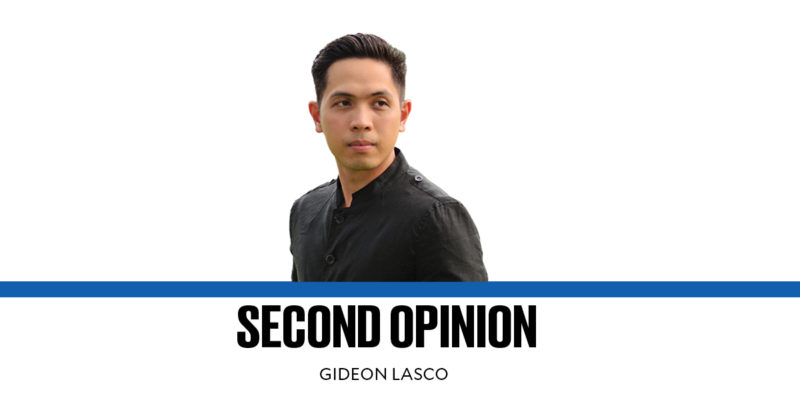Making our Cities More Walkable and Bikeable
Optimizing our cities to be more walkable and bikeable offers a multitude of benefits for both individuals and the environment. This should be a top priority for our government and society as a whole.
First and foremost, walking and biking are physical activities that can help prevent various diseases and improve overall fitness and mental well-being. A study published in the Journal of the American Heart Association revealed that individuals living in less walkable neighborhoods face a higher risk of cardiovascular disease (Howell, et al., 2019). Another study in the Journal of Transport and Health found that walking or cycling to work is associated with a better sense of well-being and work-life balance (Herman and Larouche, 2021).
Additionally, walking and cycling foster a stronger sense of community. When people walk or bike, they get to know each other and their surroundings on a deeper level. This can lead to new discoveries and connections. Personally, I experienced this during the pandemic when I biked around my hometown of Laguna and uncovered hidden stores and communities.
Moreover, increasing the number of bikes and pedestrians on the road can reduce traffic congestion. Contrary to popular belief, bike lanes don’t cause traffic; they actually contribute to smoother traffic flow. The most walkable and bikeable cities in the world have the least traffic congestion, not just because they decrease car usage but also because they enhance overall traffic management.
Another crucial benefit is the positive impact on the environment. Active mobility options like walking and biking result in fewer emissions and less heat from motor vehicles, which in turn reduces air and noise pollution. Additionally, these modes of transportation encourage the development of more green spaces within walking and cycling infrastructure.
There are also significant economic benefits to prioritizing walkability and bikeability. Not only do roadside cafes and restaurants catering to cyclists thrive, but entire districts also benefit from increased foot traffic. Many cities worldwide, from Madrid to Mexico City, are embracing car-free initiatives because they recognize the positive economic impact.
Civil society groups such as the Move as One Coalition, AltMobility PH, and Make It Safer Movement have been promoting the numerous advantages of active transport. One of the most compelling benefits is safety. Tragic incidents like the sacrifice of Quezon City traffic enforcer Jeffrey Antolin, who gave his life to save a cyclist from a truck, highlight the urgent need for a shift in our unsustainable and unsafe transport paradigm. Every day, 38 children in the Philippines die in road crashes, and this can be avoided by changing our approach to transportation.
The demand for walkability and bikeability is evident. A recent Social Weather Stations (SWS) survey revealed that 36 percent of households nationwide have at least one member who cycles for any activity, and 44 percent walk to work according to a previous SWS survey. This makes walkability and bikeability a matter of “transport justice.” As Robert Y. Siy, a co-convenor of the Move As One Coalition, emphasizes, “Car owners comprise only 6 percent of households nationwide. We need to assert loudly and repeatedly that Filipinos without cars, who make up 94 percent of our population, are entitled to their fair share of road space.”
Fortunately, an increasing number of local government units are taking leadership in promoting active transport. Cities like Baguio, Quezon City, Naga, Mandaue, Cebu, and Davao are implementing initiatives to prioritize walkability and bikeability. For example, Malabon councilor Nadja Vicencio recently filed a resolution for a car-less day in the city. Such car-free projects, like Makati’s car-free Sundays on Ayala Avenue, Pasig’s “People’s Street project,” and Valenzuela’s pedestrianized Fatima Avenue, should be replicated nationwide. Iloilo City Mayor Jerry Treñas also announced the creation of a “green lane” as an extension of their existing network of bike lanes.
Thankfully, the government is also recognizing the importance of walking and cycling. The Philippine Development Plan 2023-2028 has committed to according pedestrians and cyclists the highest priority. Other agencies have released supportive documents, such as the Department of the Interior and Local Government’s Memorandum Circular No. 2020-100 calling for a national bicycle lane network and the Department of Health’s joint administrative order on active transport. Furthermore, the United Nations Development Programme-Department of Transportation Bike Lane Master Plan has just been released.
However, it’s crucial to ensure that these policies are implemented effectively and not diluted or distorted. For instance, the dangerous proposal to combine motorcycles and bikes in one lane could compromise safety.
One inspiring aspect is that many of the world’s most walkable and bikeable cities were once highly polluted and congested, emphasizing that change is possible. Amsterdam, for example, had a devastating number of car-related fatalities in 1971, including 450 children. Grassroots movements, cycling and walking activists, knowledgeable experts, supportive officials, and an engaged citizenry played vital roles in transforming these cities into livable places.
If we want cities that we can truly take pride in and enjoy living in, it’s imperative that we raise our voices and demand that our government not just talk about walkability and bikeability, but actually implement effective policies.
Let us work together to reclaim our streets and create cities that prioritize the well-being of their residents!
—————-
Email: [email protected]
Denial of responsibility! Vigour Times is an automatic aggregator of Global media. In each content, the hyperlink to the primary source is specified. All trademarks belong to their rightful owners, and all materials to their authors. For any complaint, please reach us at – [email protected]. We will take necessary action within 24 hours.


